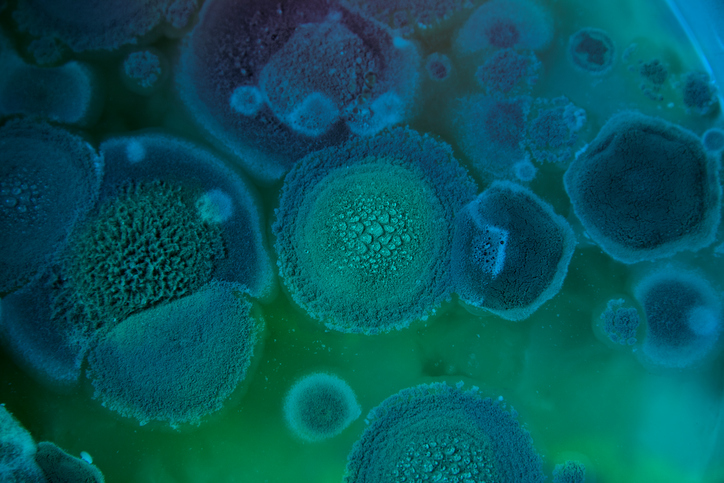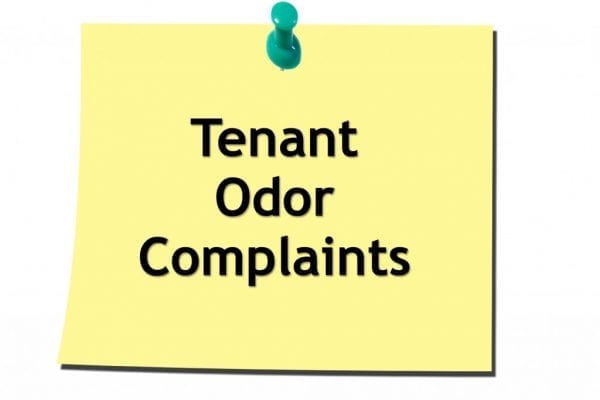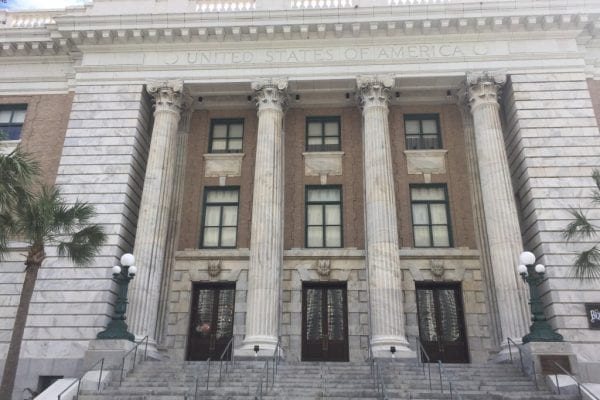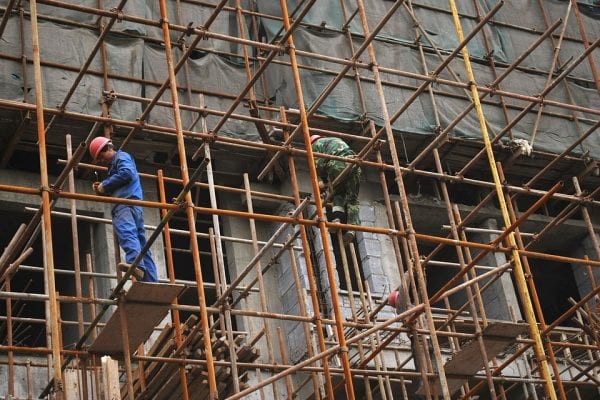In the aftermath of the Houston flooding and the havoc wreaked by Irma, water damage is on everyone’s mind. And with water damage, comes mold growth. In fact, you don’t have to be hit by a hurricane to run into a mold problem. Even a small-scale issue such as a window leak or a dripping pipe can create opportunities for mold growth in your buildings.
Mold constitutes a significant public health threat, causing symptoms from coughing and wheezing, to life-threatening allergic reactions and long-term chronic health conditions. Any time moisture comes in contact with organic matter such as drywall, wood, ceiling tiles, or even debris in an HVAC condensation pan, the potential for mold develops. The wetter the materials are, and the longer they stay wet, the worse the problem becomes.
In the aftermath of a storm, it’s critical to dry materials out within 72 hours to prevent the growth of mold. Often, however, moisture from smaller issues conceals itself until it’s too late to prevent a mold problem. Here’s what to do if you suspect mold in one of your buildings.
One: Conduct Tenant Interviews
Unless you have obvious visual evidence of mold, it’s important to understand that not all respiratory and other building-related illnesses are caused by mold. Start your investigation into any occupant complaints by sitting down with the complainant(s) for an interview. Conduct interviews separately, to avoid “cross-contamination” of answers. Ask each person:
- Why they think there is a mold problem
- What their symptoms are
- Whether they’ve seen any evidence of mold
- What time of day they experience symptoms or see evidence
- Where in the building the symptoms or evidence are most obvious
These questions can help you rule out potential causes while providing valuable information about where the problem might be located. Mold usually causes respiratory symptoms such as clogged sinuses and watering eyes, that will go away when the individual is not in the building.
However, just because these symptoms are not present does not mean you don’t have a mold problem. And if you do have a mold problem, the sooner you identify it and remediate it, the less costly it will be.
Two: Look for Signs of Moisture
Armed with information about likely areas of the building to inspect, conduct a visual examination. Look for evidence of moisture intrusion such as watermarks or dark spots on walls or ceiling tiles. Inspect especially areas where water intrusion is common:
- Around windows and outside doors
- Under sinks and around toilets
- Around the HVAC system
- Anywhere that water is regularly used or stored
Inspect any areas where you find moisture for signs of mold growth. Sometimes, a visual inspection is all that’s necessary to confirm the presence of mold and you can call in professionals for deeper assessment and remediation. However, just because you don’t see moisture or mold doesn’t mean it’s not there. If you suspect mold, it’s a good idea to get a professional to bring in assessment equipment.
A professional mold assessor will bring moisture meters and possibly infrared cameras to inspect the space and look for hidden signs of moisture. If moisture is discovered, they’ll look for signs of mold. If mold is discovered, then you can go straight to remediation. If mold is not seen but is still suspected, then your mold assessor may proceed to the next step.
Three: Collect Air Samples and Test for Spores
Mold reproduces via airborne spores, and it is these spores that can cause respiratory symptoms. Every indoor environment contains at least some mold spores, but the types and concentrations of mold spores are what determine whether they are harmful or not.
A professional mold assessor may use air sampling devices to collect air samples, and then take them to a lab where the samples are either inspected under a microscope, or cultured in a growth medium. The first method provides a fast result that can inform you of the concentrations of mold spores in your environment. The second method takes about two weeks and will give you detailed information about the species of mold in your building. In most cases, only the first method is required to determine whether there is a problem, but sometimes identifying species can help in determining the severity of the problem.
Four: Develop a Remediation Plan
If mold is discovered in your building, you will need to remediate it and quickly. The faster you deal with it, the less damage it will cause. The basic elements of a remediation plan are:
- Identify and repair the source of moisture
- Remove materials damaged by the mold
- Treat any remaining building materials impacted by mold
- Re-inspect to ensure the problem has been resolved
Whether you have an obvious problem or suspect you may have a problem, mold is not something you want to mess with. Until you deal with it, it will continue to grow into a bigger problem.
GLE Associates is the Southeast United States’ leading provider of mold assessment and remediation services. Contact us today to schedule your indoor air quality assessment, and rest assured that your problems will be solved.






